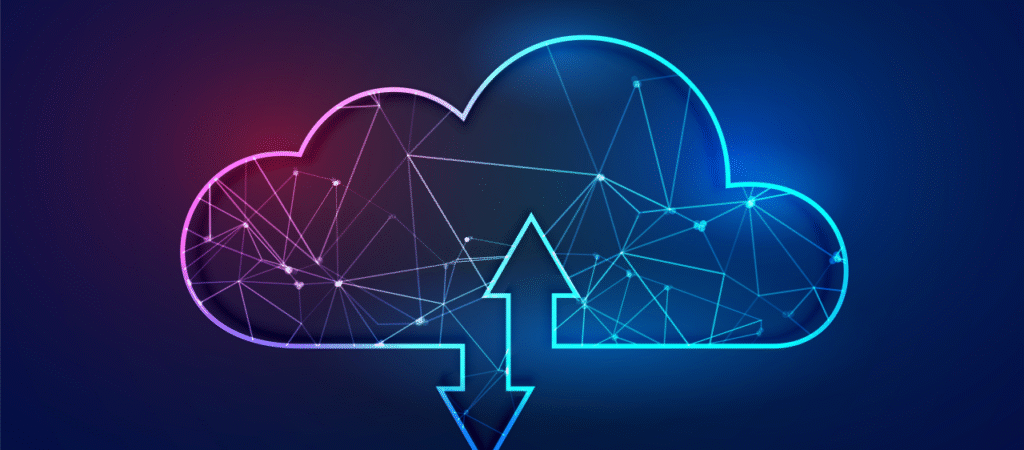Introduction
Cloud computing has revolutionized how individuals, startups, and large enterprises store data, run applications, and collaborate. What once required expensive physical infrastructure is now accessible on-demand, scalable, and pay-as-you-go.
Let’s explore how cloud computing emerged, its modern-day applications, and why it continues to redefine business and everyday life.
1. What Is Cloud Computing?
Cloud computing refers to delivering services—storage, processing, databases, and software—over the internet rather than using local servers or personal devices.
The three main types include:
- IaaS (Infrastructure as a Service): Rent servers and networks (e.g., AWS, Azure)
- PaaS (Platform as a Service): Tools to develop and deploy applications
- SaaS (Software as a Service): Access ready-made software online (e.g., Google Workspace, Zoom)
2. Life Before the Cloud
In the early 2000s, businesses needed:
- On-premise servers
- In-house IT teams
- Physical storage and backup drives
- Manual software installation on every device
Scaling was expensive, time-consuming, and location-limited.
3. How the Cloud Changed the Game
With cloud computing:
- Businesses can scale resources up or down instantly
- Employees collaborate in real time from any location
- Updates happen automatically across platforms
- Security, backup, and disaster recovery are built-in
The cloud makes operations agile and cost-effective.
4. Real-World Examples
- Netflix uses AWS to stream content globally
- Dropbox revolutionized file sharing via the cloud
- Salesforce made CRM tools accessible to small businesses
- Hospitals store and analyze medical data securely in cloud environments
5. Personal Use of the Cloud
Everyday tools you probably use:
- Google Drive or iCloud for storing photos and documents
- Spotify streaming music from cloud servers
- Gmail hosting emails with near-infinite capacity
- Online video editors, notes, and calendars synced across devices
6. Challenges and Concerns
Despite its benefits, cloud computing poses risks:
- Data privacy: Who owns the data stored on third-party servers?
- Outages: No internet = no access to files
- Vendor lock-in: Migrating data from one provider to another can be complex
- Compliance: Businesses must ensure legal and regulatory compliance
7. The Future of the Cloud
Expect growth in:
- Hybrid cloud models (mix of private/public clouds)
- Edge computing for real-time processing near data sources
- Integration with AI and machine learning
- Quantum computing for ultra-fast processing in the cloud
Final Thoughts
Cloud computing shifted the paradigm from owning to renting digital infrastructure. As it continues to evolve, it will be the foundation of innovation across industries and individual lives alike.



